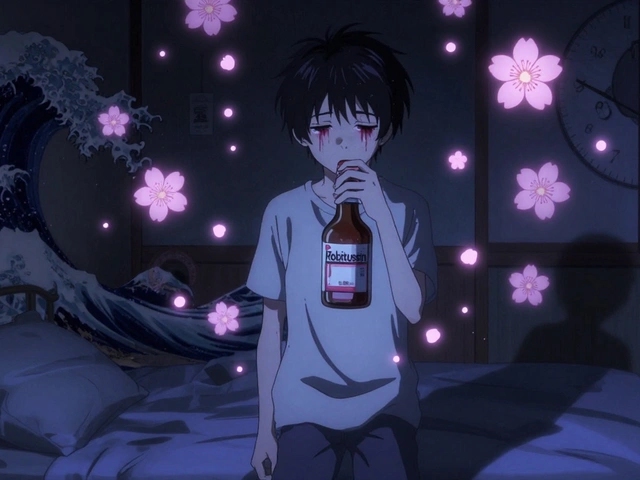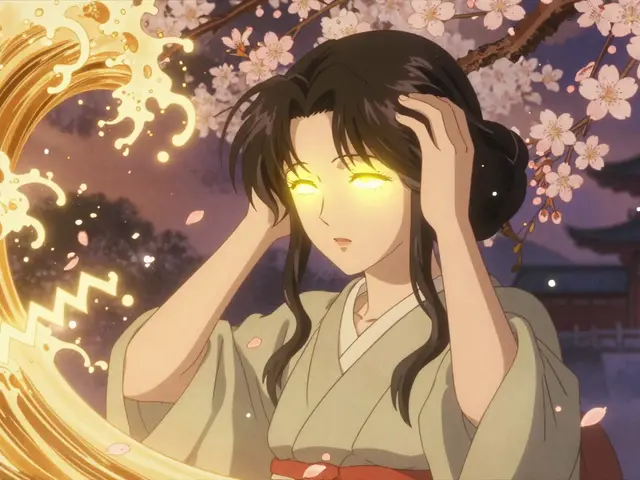Rhabdomyosarcoma and Fertility: What You Need to Know
When someone is diagnosed with rhabdomyosarcoma, a rare type of cancer that starts in soft tissues, often in children and young adults. It is also known as pediatric soft tissue sarcoma, it often requires aggressive treatment that can affect more than just the tumor. Many people don’t realize that the same therapies that save lives—chemotherapy, radiation, and surgery—can also impact future fertility. This isn’t just a concern for adults; even young patients and teens face real risks to their reproductive health down the line.
Chemotherapy, a drug-based treatment that kills fast-growing cells, including cancer and reproductive cells. It is also known as systemic cancer treatment, is one of the main tools used to fight rhabdomyosarcoma. Drugs like ifosfamide and cyclophosphamide are common in treatment plans, but they’re known to damage sperm or egg cells. Radiation, especially when aimed near the pelvis or abdomen, can harm ovaries or testes even if the beam doesn’t directly hit them. The younger the patient, the more their body is still developing—and the more vulnerable their reproductive system becomes.
But it’s not all doom. fertility preservation, medical steps taken before cancer treatment to protect the ability to have biological children later. It is also known as reproductive banking, is now a standard part of care for many pediatric oncology programs. For boys, freezing sperm before treatment is simple and effective—even teens can do it. For girls, options include freezing eggs or embryos, or moving ovaries out of the radiation zone. These aren’t guaranteed, but they’re the best shot at having biological children later. Not every family knows these options exist, and time is critical. The sooner you talk to a fertility specialist, the more options you’ll have.
Survivors often wonder: Can I still have kids after treatment? The answer varies. Some people regain natural fertility, especially if they were young and received lower doses. Others need help from reproductive technologies like IVF. A growing number of survivors go on to become parents, but they often need support, testing, and patience. Regular follow-ups with both an oncologist and a reproductive endocrinologist make a difference.
There’s also emotional weight here. A cancer diagnosis already changes your life. Adding fertility concerns on top can feel overwhelming. But you’re not alone. Many clinics now include fertility counseling as part of their care team. Talking early, asking questions, and planning ahead aren’t signs of weakness—they’re part of taking control.
Below, you’ll find real-world guides and comparisons from people who’ve walked this path. You’ll see how different treatments affect fertility, what preservation methods actually work, and how survivors manage the long-term impact. These aren’t just medical facts—they’re stories of choices, hope, and practical steps you can take.
Rhabdomyosarcoma & Fertility: Essential Guide for Patients
Learn how rhabdomyosarcoma treatment affects fertility and discover practical preservation options, decision tips, and post‑treatment care for patients and families.






